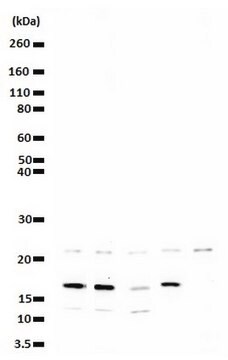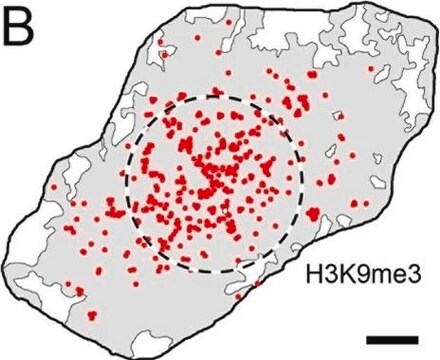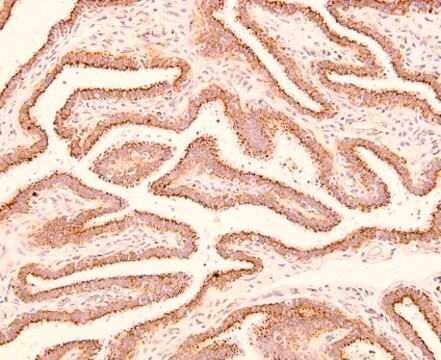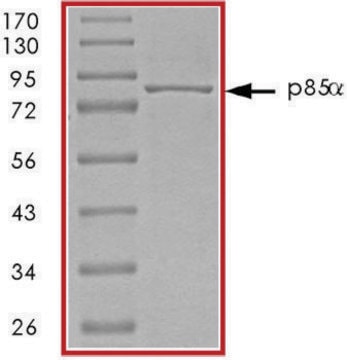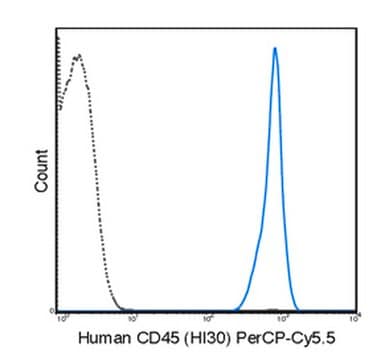07-595
Anti-acetyl-Histone H4 (Lys12) Antibody
serum, Upstate®
Synonyme(s) :
H4K12Ac, Histone H4 (acetyl K12)
About This Item
Produits recommandés
Source biologique
rabbit
Niveau de qualité
Forme d'anticorps
serum
Type de produit anticorps
primary antibodies
Clone
polyclonal
Espèces réactives
Saccharomyces cerevisiae, human
Fabricant/nom de marque
Upstate®
Technique(s)
ChIP: suitable (ChIP-seq)
dot blot: suitable
western blot: suitable
Isotype
IgG
Numéro d'accès NCBI
Conditions d'expédition
dry ice
Modification post-traductionnelle de la cible
acetylation (Lys12)
Informations sur le gène
human ... HIST2H4B(554313)
Description générale
Acetylation of histone H4 occurs at several different lysine positions in the histone tail and is performed by a family of enzymes known as Histone Acetyl Transferases (HATs).
Spécificité
Immunogène
Application
Epigenetics & Nuclear Function
Histones
Qualité
Description de la cible
Forme physique
Stockage et stabilité
Remarque sur l'analyse
Acid extracted proteins from HeLa cells treated with sodium butyrate
Autres remarques
Informations légales
Clause de non-responsabilité
Not finding the right product?
Try our Outil de sélection de produits.
Code de la classe de stockage
10 - Combustible liquids
Classe de danger pour l'eau (WGK)
WGK 1
Certificats d'analyse (COA)
Recherchez un Certificats d'analyse (COA) en saisissant le numéro de lot du produit. Les numéros de lot figurent sur l'étiquette du produit après les mots "Lot" ou "Batch".
Déjà en possession de ce produit ?
Retrouvez la documentation relative aux produits que vous avez récemment achetés dans la Bibliothèque de documents.
Notre équipe de scientifiques dispose d'une expérience dans tous les secteurs de la recherche, notamment en sciences de la vie, science des matériaux, synthèse chimique, chromatographie, analyse et dans de nombreux autres domaines..
Contacter notre Service technique
